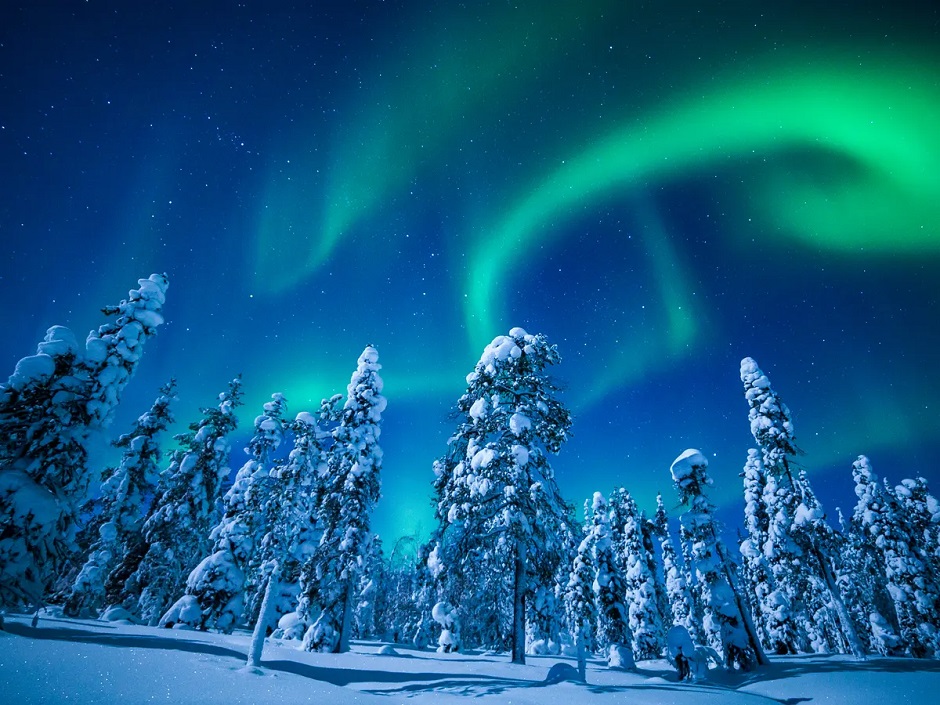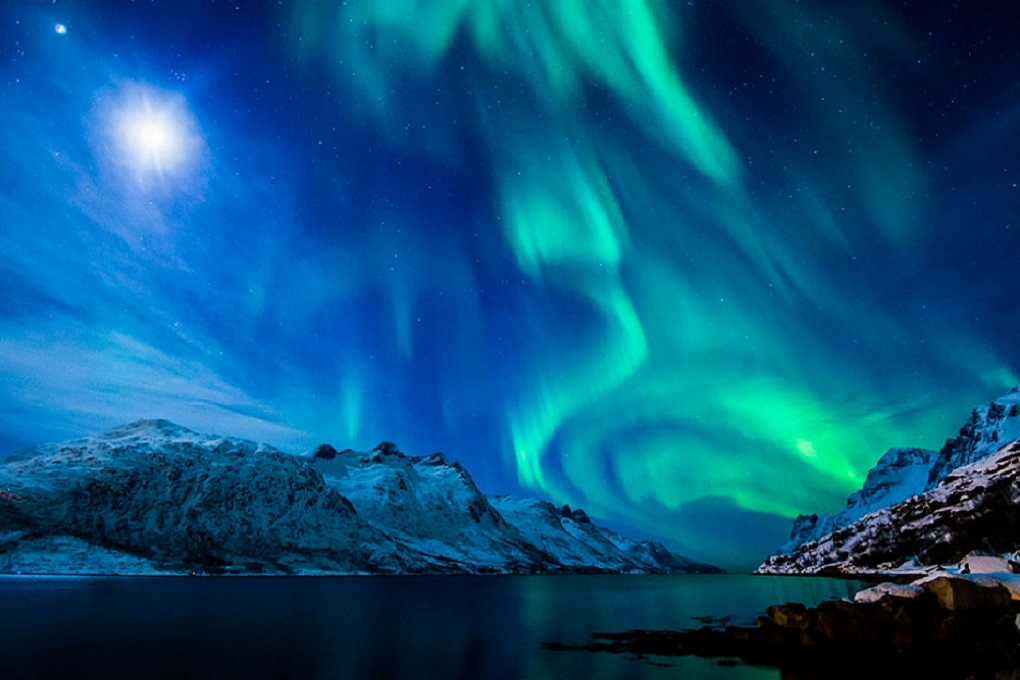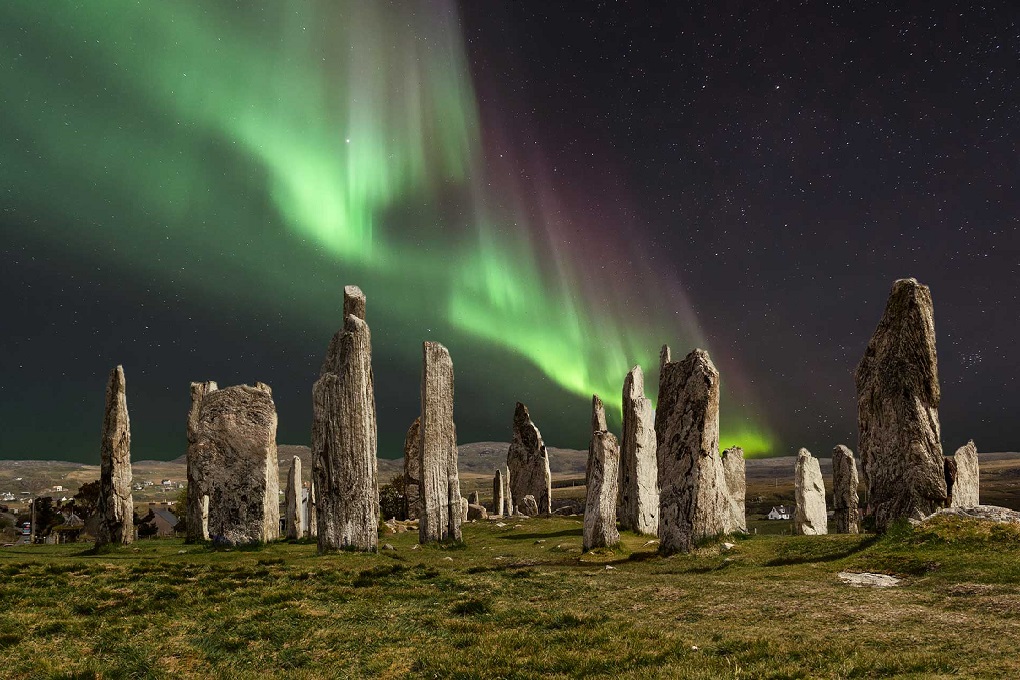Wee History of Scotland’s Northern Lights
It is easier to see the northern lights (aurora borealis) in the UK than you might think. All you need is a dark place, a clear sky and very good timing!
The good timing is important as the northern lights are a result of a geomagnetic storm. These storms are short-lived periods of high geomagnetic activity where the Earth’s magnetic field changes very quickly and strong electric currents flow high in the atmosphere.

Why does it happen?
The aurora is a consequence of activity on the surface of the Sun. Occasionally there are large explosions on the Sun, and huge amounts of charged particles are thrown out into space. These particles sometimes travel towards Earth where they are captured by the Earth’s magnetic field and guided towards the geomagnetic polar regions.
Travel Wisdom, “Better to see something once, than to hear about it a thousand times.”
On their way down these particles are slowed down by Earth’s atmosphere, which acts as a shield. These charged particles collide with gas molecules in the atmosphere. The energy released in these collisions is given off as light.

What makes the colors?
When a charged particle collides with a molecule in the atmosphere the molecule becomes excited. The excited molecule is unstable and will give up its extra energy by emitting light.
The color of the light depends on the molecules being excited. Like a sodium streetlight which gives off an orange light, the oxygen, nitrogen and other gases in the atmosphere have their own particular colors resulting in the range of blues, greens, yellows and reds observed in the aurora.

When can I see it?
On average you might expect to see aurora in the far north of Scotland every few months, but less often as you travel further south.
Geomagnetic storms follow the 11-year solar cycle. The chance of big magnetic storms will be greatest around the years leading up to solar maximum and shortly afterwards. The current progress of the solar cycle is tracked by counting the number of sunspots seen on the Sun.
Generally, there are more magnetic storms around the equinoxes (March-April, September-October).
Article Credit: British Geological Survey – http://www.geomag.bgs.ac.uk/education/viewing_aurora.html
Photo Credit – 10Wallpaper.com
Photo Credit – The Scotsman
Photo Credit – Nordic Visitor
Photo Credit – The Guardian
Photo Credit – Youtube – Maxresdefault
Photo Credit –





